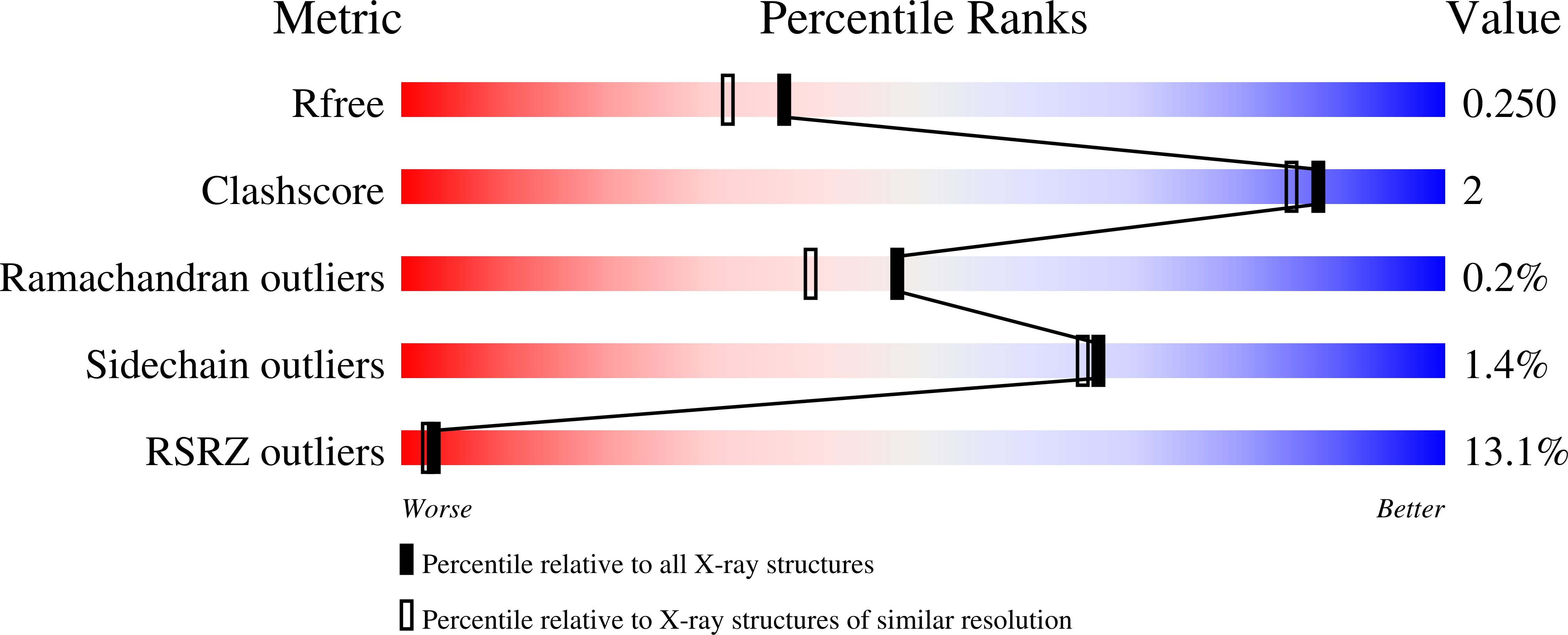
Deposition Date
2020-10-16
Release Date
2021-08-25
Last Version Date
2024-10-23
Entry Detail
PDB ID:
7APJ
Keywords:
Title:
Structure of autoinhibited Akt1 reveals mechanism of PIP3-mediated activation
Biological Source:
Source Organism:
Homo sapiens (Taxon ID: 9606)
Danio rerio (Taxon ID: 7955)
Lama glama (Taxon ID: 9844)
Danio rerio (Taxon ID: 7955)
Lama glama (Taxon ID: 9844)
Host Organism:
Method Details:
Experimental Method:
Resolution:
2.05 Å
R-Value Free:
0.25
R-Value Work:
0.21
R-Value Observed:
0.21
Space Group:
P 21 21 21


